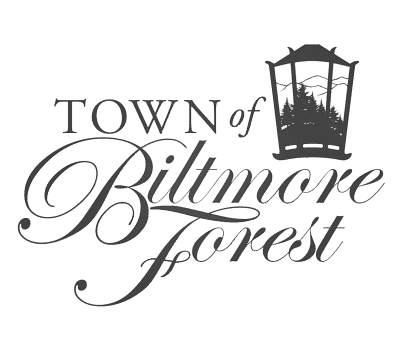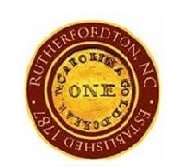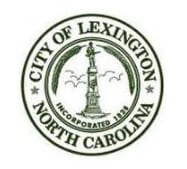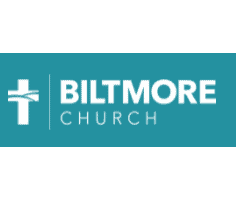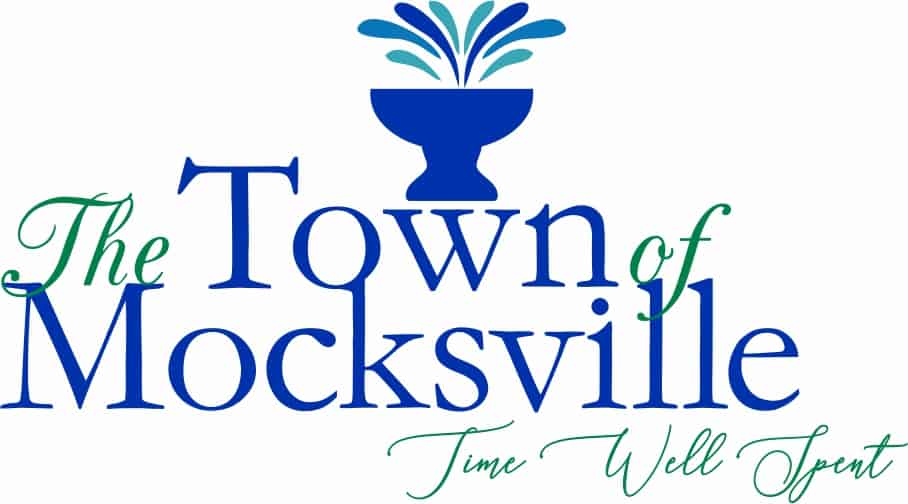Ordinance Writing (including 160-D Updates)
As a municipality’s needs change its ordinances, policies and procedures need to change. Ordinance writing is the process of revising policy documents to meet current needs. JMTE staff are experienced in writing workable ordinances, policies, procedures and bylaws.
Traffic Signal Design – Traffic signal designs, or modifications are often the result of TIAs. The signal design includes the location of signal heads, loop detectors, signal supports, pavement markings, signal timing and any connection to a signal network.
Access Management
Access management is the regulation of interchanges, intersections, driveways and median openings on a roadway. Access management maintains safety and mobility and allows access, by controlling access location, design, spacing and operation
Intersection Analysis
New bikeways, trails, traffic signals, and walkways effect traffic operations. Predicting these effects (heavy vehicle turning, queuing and level of service) is challenging.
Crash Analysis & Forensic Engineering
Often called expert witnesses, forensic engineers use the principles of science and engineering in investigations that are, or could be, part of, a legal process.
Pavement Marking Plans
Often called expert witnesses, forensic engineers use the principles of science and engineering in investigations that are, or could be, part of, a legal process.
Bicycle and Pedestrian Plans
Developing a community’s bicycle and pedestrian networks makes bicycling and walking more viable and improves the quality of life for residents.
Event Operations and Logistics Special Events
Event Operations and Logistics Special events can place unusual stress on the road system. Event operations include preparing traffic plans ahead of time and assessing how the plan worked after the event. (See MUTCD).
Industrial Site Safety Analysis
Job Safety Analysis (JSA) Job Safety Analysis (JSA) is a systematic examination and documentation of every task within each job to identify health and safety hazards, and the steps to control each task.
School Operation Analysis – School loading and unloading zone are high conflict areas. Pedestrians, personal vehicles, school buses all use the same space at the same time. JMTE focuses on providing the safest access possible at each school. We work with the school, the community, and NCDOT to meet everyone’s needs. (See MUTCD). (See TIA).
Walk Audits and Pedestrian Safety Studies
JMTE staff is well versed in assessing walkability and pedestrian safety. of Many pedestrian hazards and concerns are Studies are organized into areas highlighting studies on pedestrian safety with emphasis on demographic characteristics, high-risk environments, travel behavior, injury typing and injury profiles and others. Similar grouping is made for studies on bicyclist safety.
Public Engagement (Stakeholder Engagement) – Public engagement is the interaction of specialists and the people affected by a proposal or condition. It includes the policies and procedures supporting public engagement and the tools used to meet the public. Public engagement can be anything between a one-to-one meeting and a formal public hearing with a transcript.
Online Survey Development and Analysis
Survey development and analysis are an important part of many planning projects. JMTE staff have developed many surveys both traditional and on-line. JMTE is a certified partner with Publicinput.com.
Complete Streets Design and Policies
Complete Streets encompasses the design, and operation roads and streets with all users in mind. The goal is to make the transportation network safer and more efficient. Complete Street policies to support roadway design guidelines.
ADA Compliance (ADA Transition Plans)
The Americans with Disabilities Act (ADA) is intended to ensure that the disabled can take part in public life. ADA transition plans help cities improve their sidewalks, parking lots and building entrances to meet the goals of the ADA.
Planning Board Training
Planning Board Training shares the knowledge and understanding board members need to carry out their duties as members of an organization’s board of directors. The c topics and methods depend on the needs of the organization.
MUTCD Compliance
The Manual of Uniform Traffic Control Devices (MUTCD) is the guide for creating a safe transportation environment. The MUTCD is a Federal Manual, and each state has its own state manual that shows how to better meet local conditions. There are chapters in the MUTCD that apply to signs, signals and pavement markings. The MUTCD applies to all roads that are open to public travel.
Traffic Calming Studies
Traffic Calming Studies identify roadway conditions such as speeding, high volumes, crashes or truck percent and can propose changes to roads intended to improve user safety.
DOT Permitting
DOT requires permits to put signs on the right-of-way or connect commercial driveways to the road system.
